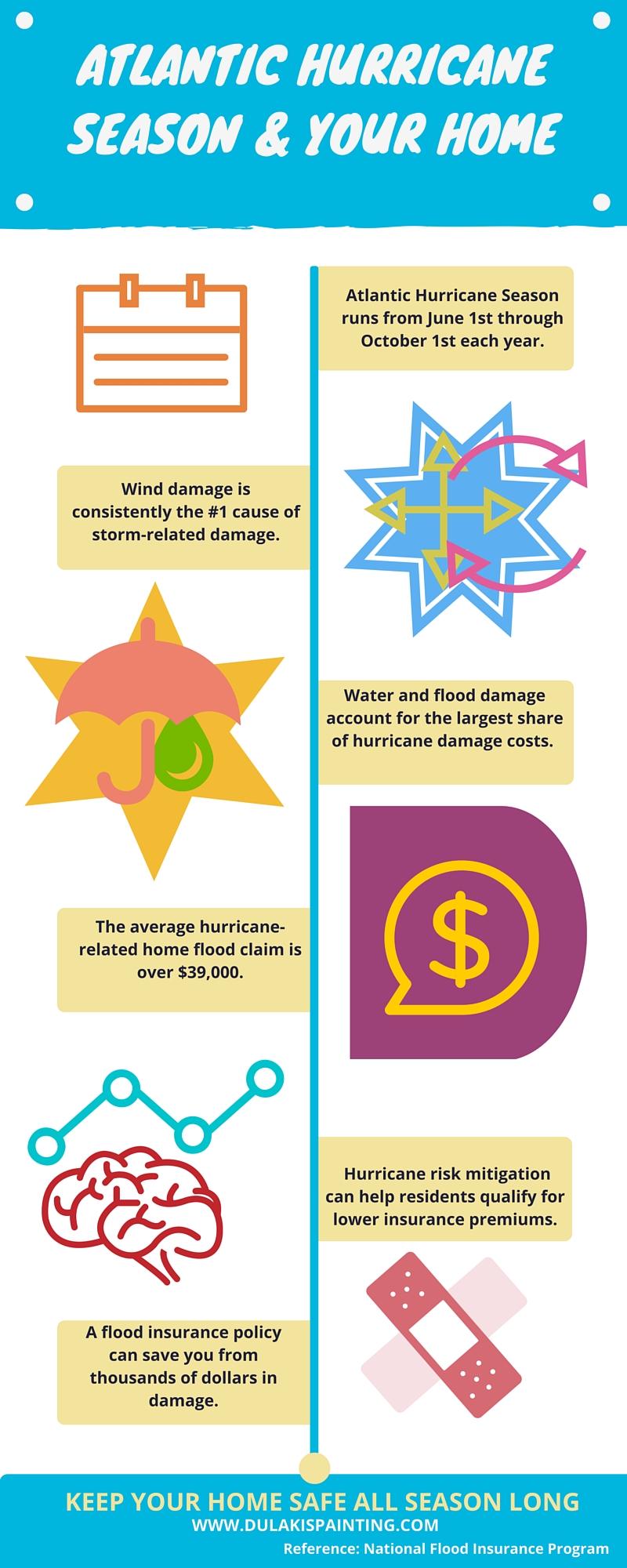Seasonal Factors In Commercial Exterior Painting: Trick Insights You Ought To Be Aware Of
Seasonal Factors In Commercial Exterior Painting: Trick Insights You Ought To Be Aware Of
Blog Article
Article By-Korsholm Rodriquez
When you're planning an industrial outside painting task, seasonal variables can make or break your outcomes. You'll want to think about just how temperature level and moisture influence paint application and drying out times. Choosing the right season can guarantee your paint sticks correctly and lasts longer. Yet which periods are absolutely the best for this type of job? Let's explore the key elements that can affect your job's success.
The Effect of Temperature on Paint Application
When you're planning a commercial exterior painting job, the temperature can considerably impact how well the paint sticks and dries out.
Ideally, you want to repaint when temperature levels range between 50 ° F and 85 ° F. If it's too cold, the paint might not heal effectively, resulting in concerns like peeling off or splitting.
On the other hand, if it's too warm, the paint can dry out also promptly, preventing appropriate attachment and resulting in an uneven finish.
You must additionally think about the moment of day; morning or late afternoon offers cooler temperature levels, which can be a lot more beneficial.
Always inspect Recommended Looking at for the specific paint you're utilizing, as they often provide guidance on the excellent temperature level array for optimal outcomes.
Humidity and Its Effect on Drying Times
Temperature isn't the only environmental factor that affects your business outside painting job; humidity plays a considerable role as well. High humidity degrees can slow down drying out times considerably, impacting the overall top quality of your paint work.
When the air is filled with wetness, the paint takes longer to cure, which can bring about issues like inadequate bond and a greater danger of mold growth. If you're painting on an especially moist day, be prepared for extensive wait times between layers.
It's important to monitor neighborhood weather conditions and plan as necessary. Ideally, aim for humidity levels between 40% and 70% for optimal drying out.
Maintaining these consider mind guarantees your job remains on track and provides a lasting coating.
Best Seasons for Commercial Exterior Paint Projects
What's the best season for your commercial outside painting projects?
Spring and very early fall are generally your best options. Throughout these periods, temperature levels are moderate, and moisture degrees are usually reduced, creating excellent problems for paint application and drying.
Stay clear of summer season's intense heat, which can trigger paint to completely dry as well promptly, causing inadequate bond and coating. Likewise, winter months's cool temperature levels can hinder correct drying and curing, risking the long life of your paint task.
Aim for days with temperature levels in between 50 ° F and 85 ° F for optimum results. Bear in mind to examine the regional weather forecast for rainfall, as wet conditions can wreck your project.
Planning around these factors ensures your paint job runs efficiently and lasts much longer.
Conclusion
Finally, preparing your industrial exterior paint tasks around seasonal factors to consider can make a significant difference in the end result. By organizing linked internet page throughout the suitable temperature levels and moisture levels, you'll ensure much better adhesion and drying times. Bear in mind to watch on local weather forecasts and select the right time of year-- spring and early loss are your best choices. Taking these steps will help you achieve a durable and expert surface that lasts.
